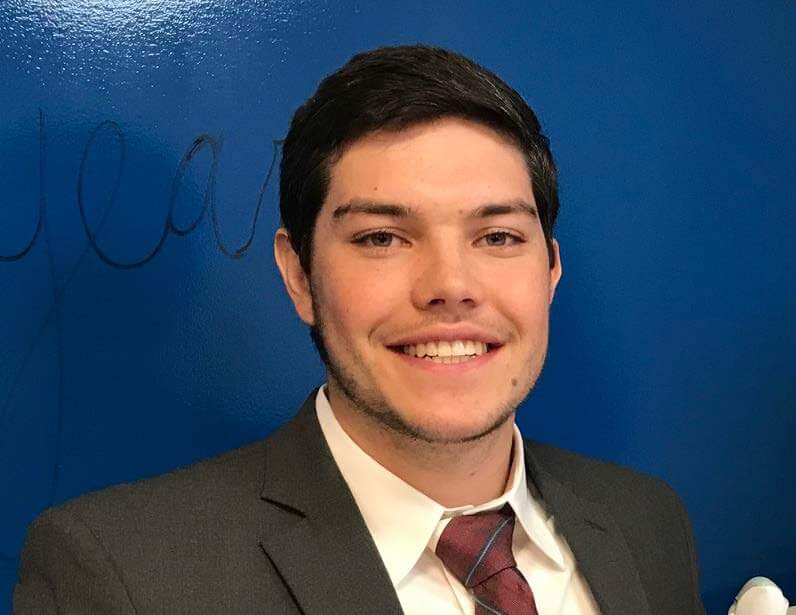By: Mitchell Byerly, CPA, Senior Accountant
The research and development (R&D) credit is a great incentive to spur innovation and improvements that benefit us all. Let’s take a closer look.
What is the R&D Tax Credit?
The Federal R&D credit is a dollar for dollar reduction of Federal income tax for money spent on innovative, experimental, and groundbreaking activities. A wide variety of businesses take the credit, it’s not just for the science industry! This credit can be taken each year, as long as there are qualifying expenses, such as wages or supplies, for that year. Most States offer a credit as well. Some simply offer a percentage of the federal credit while others have multiple adjustments to arrive at their credit.
R&D Tax Credit Benefits
There are several benefits to the R&D tax credit. The R&D credit serves as a new source of cash flow for many small and mid-size companies. This occurs through a sizable reduction of future years’ federal and state tax liabilities. The best part is, the R&D credit is not a deduction; rather, it is a dollar-for-dollar credit against taxes.
What activities qualify?
There’s a convenient four-part test that breaks down the key elements that must be met to get the credit:
- Elimination of uncertainty. You have to show that the development or improvement of your product removed some uncertainty. Basically, that the process achieved a desired result that is more than just cosmetic or aesthetic.
- Process of experimentation. You have to demonstrate the trials and tests you went through to find the desired result. This means you’ve narrowed down your end result from multiple alternatives. You’re innovation can’t be known before hand or it wouldn’t be research and development!
- Technological in nature. Your process has to be based on the core sciences like physics, engineering, chemistry or computer science. Although there is great trial and error, and results aren’t known ahead of time, making music or art doesn’t qualify for the credit!
- Qualified purpose. Your purpose for research must be to create or improve a product or process that results in increased durability, functionality, performance, or quality. This goes back to the idea that there is a legitimate business purpose behind the research, and it is not aesthetic in nature.
Here are a few examples of company activities that may qualify for the R&D Tax Credit:
- Developing an innovative product that is new to the market
- Engineering and designing a new product
- Conducting research aimed at discovering new knowledge
- Searching for ways to apply new research findings
- Designing and/or evaluating product alternatives
- Introducing significant modifications to the concept or design of a product
- Experimenting with new technologies
What expenses qualify?
Expenses that qualify for the R&D credit are wages, supplies, and research payments to qualified organizations. Qualifying wages are time spent doing actual qualified research or time spent directly supporting or supervising the person doing the research. The big thing here is documenting job descriptions to prove why the wages qualify.
Any supplies purchased will qualify as long as they are used in the research process. Documenting what is purchased is essential to sustain the credit. The IRS pays particular attention to the R&D credit, due to the large tax savings it brings to many applicants.
Believe it or not, the cost of contracting out R&D is also included in the calculation. The organization has to be a qualified organization. As you can see, everything about the R&D credit has the qualified associated with it.
Learn more on our YouTube channel!
For more information
If you’re interested in learning more about the R&D tax credit and if any of your business activities may qualify, please contact us.

Mitch Byerly is a senior staff accountant in the tax department at Cover & Rossiter. He’s been with the firm since January 2019. He holds a Bachelor’s degree in Accounting and MBA from Salisbury University’s Perdue School of Business. Contact Mitch at MByerly@CoverRossiter.com or 302-656-6632 x233.

